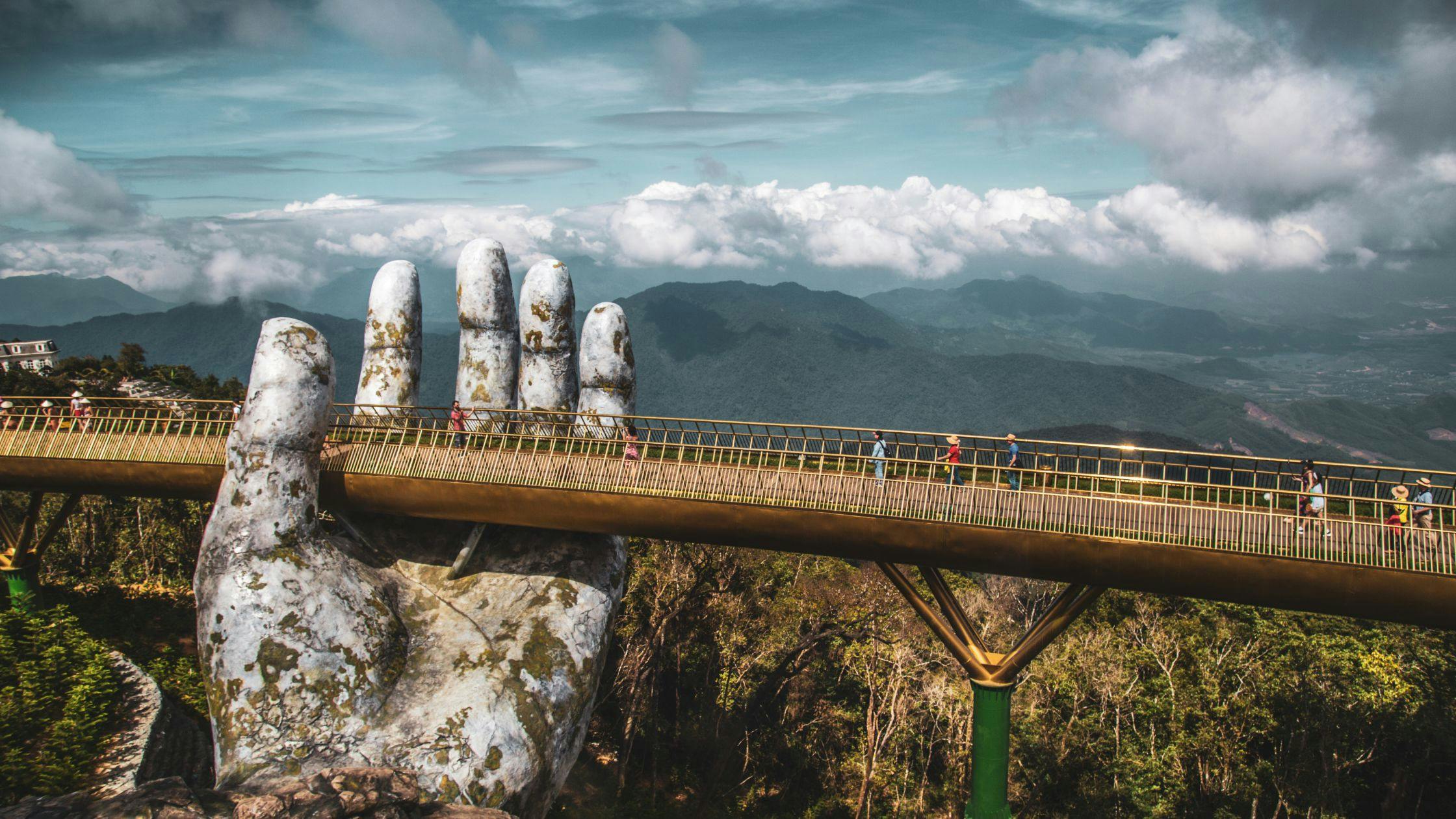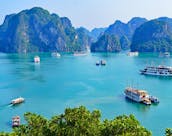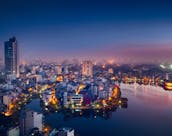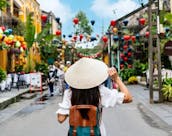Best Things to Do in Vietnam: Ultimate Travel Guide

Vietnam is one of Asia’s most exciting travel destinations, blending rich culture, dramatic landscapes, and mouth-watering food. From the buzzing streets of Hanoi to the lantern-lit charm of Hoi An, Vietnam promises experiences that appeal to every traveler. Whether you’re cruising the emerald waters of Ha Long Bay, trekking through Sapa’s rice terraces, or wandering the ancient temples of Hue, the country offers endless adventures.
If you’re planning your first trip, you might wonder where to begin. With so many cities, natural wonders, and cultural treasures, it’s easy to feel overwhelmed. That’s why we’ve created this detailed guide to the best things to do in Vietnam.
In this article, you’ll discover the top 10 things to do in Vietnam, each carefully chosen to showcase the country’s beauty, history, and charm. We’ll also share travel tips, best times to visit, and highlights for each activity.
Whether you’re looking for things to do in Hanoi, Vietnam, exploring Hoi An’s magical lantern nights, or searching for Vietnam’s hidden gems, this guide will help you plan the perfect trip. To get an overview of the country’s diverse attractions, culture, and travel essentials, explore our detailed Vietnam Travel Guide.
Let’s dive into the adventures that make Vietnam truly unforgettable.
Top 10 Things to Do in Vietnam
Practical Travel Tips for Vietnam
Planning your Vietnam trip becomes easier when you know the essentials beforehand. From the best seasons to travel to budgeting, here are some practical tips to make your journey smooth and enjoyable.
Best Time to Visit
Vietnam has three climate zones, so timing matters. Northern Vietnam (Hanoi, Sapa, Halong Bay) is most pleasant in September–November and March–May when skies are clear and temperatures are mild. Central Vietnam (Hoi An, Da Nang, Hue) is best from February–August, avoiding the later monsoon rains. Southern Vietnam (Ho Chi Minh City, Mekong Delta) experiences its driest season from November–April, perfect for sightseeing and river cruises.
For a deeper breakdown of weather patterns and regional seasons, see our full guide on the best time to visit Vietnam before you plan your trip.
Visa & Entry
Most travelers require a visa to enter Vietnam. Apply through the Vietnam e-Visa system, ideally 10–15 days before your trip to avoid last-minute delays. Ensure your passport has at least six months of validity beyond your planned stay. Keep a digital and paper copy of your visa approval letter handy for airport checks.
Transport
Getting around Vietnam is part of the adventure. For long distances, sleeper buses, trains, or domestic flights are reliable and affordable. The scenic Reunification Express train from Hanoi to Ho Chi Minh City is a classic choice for travelers. In cities, use the Grab app (Asia’s Uber equivalent) for quick rides, motorbike taxis, or food delivery. Renting a scooter is common, but only if you’re confident navigating busy Vietnamese traffic.
Budget
Vietnam is one of Southeast Asia’s most budget-friendly destinations.
- Backpackers: $25–35/day (hostels, street food, public transport)
- Mid-range travelers: $50–80/day (boutique hotels, guided tours, restaurants)
- Luxury: $150+/day (5-star hotels, private drivers, fine dining)
Tipping is not mandatory but appreciated, especially in tourist services. Always carry some cash, as smaller shops and food stalls may not accept cards.
Travel Essentials Checklist for Vietnam
To make the most of your journey, it’s important to prepare smartly. Here’s a practical checklist of essentials every traveler should know before exploring the top 10 things to do in Vietnam.
Packing Tips
- Light, breathable clothing: Vietnam’s weather varies by region. Carry cotton or quick-dry clothes for hot and humid areas, and a light jacket for cooler northern mountains like Sapa.
- Comfortable footwear: Walking and cycling are popular activities in Hoi An, Hanoi, and rural villages. Bring sturdy shoes and sandals.
- Rain gear: A foldable umbrella or lightweight raincoat is a must, especially during monsoon season.
If you’re planning your itinerary, you can also check out our handpicked list of best places to visit in Vietnam for more inspiration.
Health & Safety
- Travel insurance: Strongly recommended for medical emergencies and adventure activities.
- Vaccinations: Check for recommended vaccines like Hepatitis A, Typhoid, and Tetanus before your trip.
- Street food safety: Stick to busy stalls with high turnover for fresh, delicious meals. Avoid uncooked seafood and always carry bottled or filtered water.
Connectivity & SIM Cards
Staying connected is simple in Vietnam. Local SIM cards are affordable and available at airports or convenience stores. Top providers include Viettel, Vinaphone, and Mobifone. A 30-day package with data costs around $8–12 USD. If you prefer not to switch SIMs, portable Wi-Fi devices are also available for rental.
Money & Payments
- Vietnam uses the Vietnamese Dong (VND).
- ATMs are common in cities but may charge withdrawal fees.
- Carry small denominations for street food, taxis, and local markets.
- Cards are accepted in hotels and larger restaurants, but cash is king in rural areas.
Other Essentials
- Power adapter: Vietnam uses type A, C, and D sockets. Bring a universal adapter.
- Reusable water bottle: Eco-friendly and convenient.
- Phrasebook or app: Learning basic Vietnamese phrases like Xin chào (hello) and Cảm ơn (thank you) adds a personal touch with locals.
Vietnam is a country that offers endless adventures, from wandering ancient streets and sampling street food to exploring serene landscapes and vibrant cities. With so many unforgettable experiences, it can feel overwhelming to plan it all on your own. That’s where curated Vietnam tour packages come in handy, helping you explore the best of the country with ease and comfort. For expertly designed itineraries, personalized recommendations, and hassle-free booking, check out Travelfika. Start your journey today and discover the very best things to do in Vietnam with confidence.

Adventure and Outdoor experience in Vietnam

Hanoi Travel Guide

Female Solo Travel Vietnam











